Optimal Timing for Copper Plumbing Installations
Determining the optimal time for copper plumbing installations involves considering seasonal weather patterns and project readiness. Installing during mild weather conditions reduces the risk of delays caused by extreme temperatures or adverse weather. Proper planning ensures that installations are completed efficiently and with minimal disruption.
Spring and early fall are generally ideal due to moderate temperatures and lower precipitation, which facilitate smooth installation processes.
Avoiding winter and peak summer months helps prevent issues related to freezing temperatures or excessive heat that can affect copper piping and installation quality.
Scheduling during periods of stable weather allows for better coordination and reduces potential delays, ensuring timely project completion.
Copper pipes are durable but can be affected by extreme temperature fluctuations, making timing crucial for long-term performance.
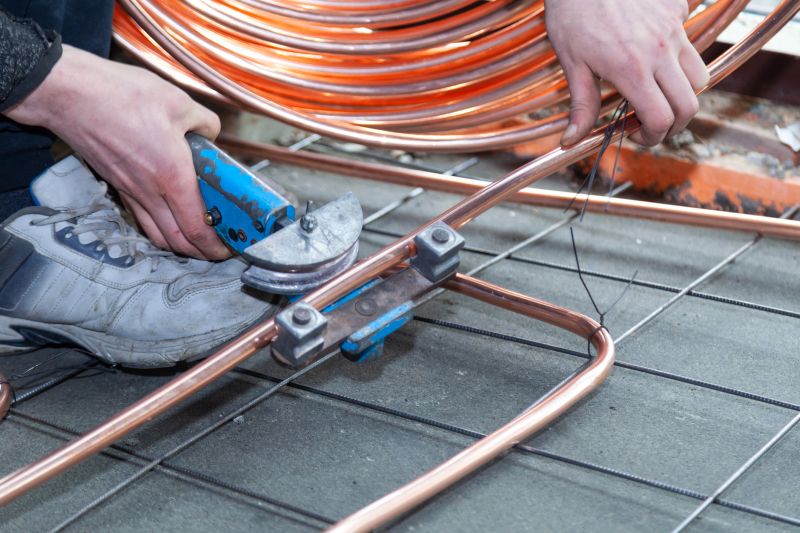
Workers installing copper plumbing during mild spring weather.

Copper pipes being installed in a shaded, controlled environment to prevent heat damage.
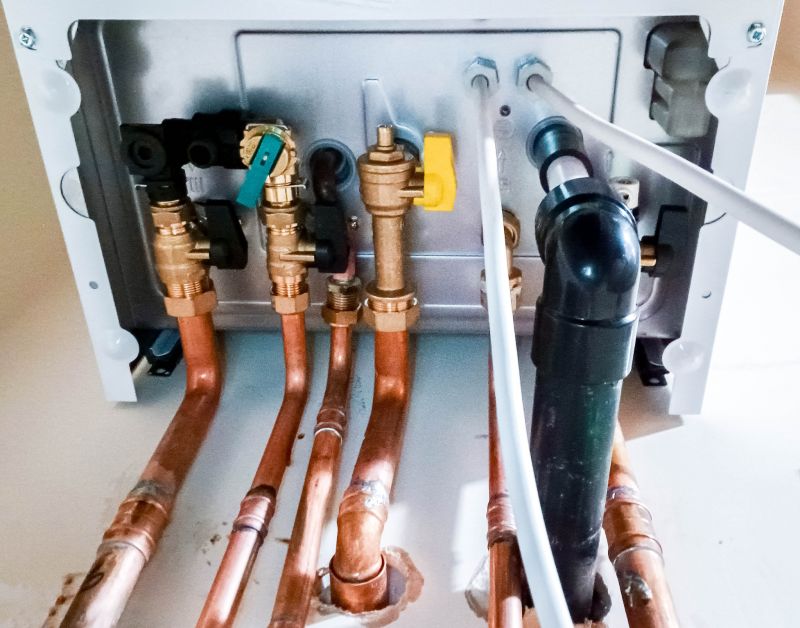
Copper piping setup amid autumn conditions, highlighting optimal weather for installation.

Ways to make Copper Plumbing Installations work in tight or awkward layouts.
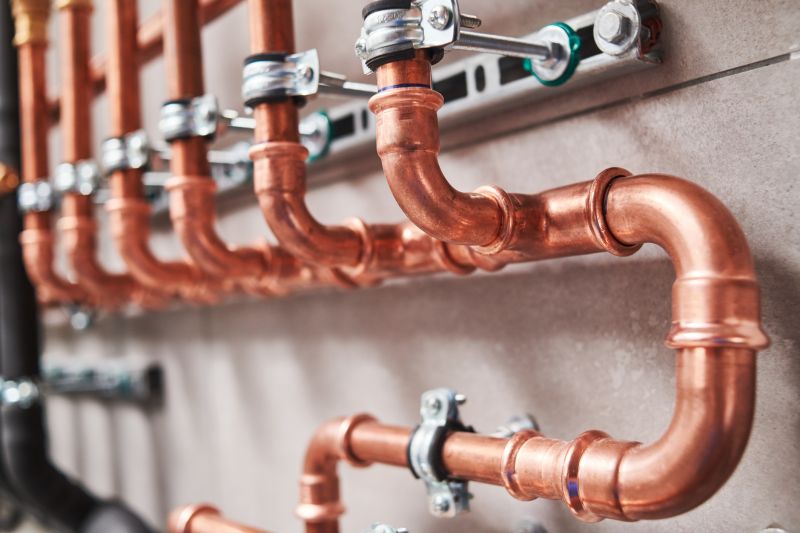
Popular materials for Copper Plumbing Installations and why they hold up over time.
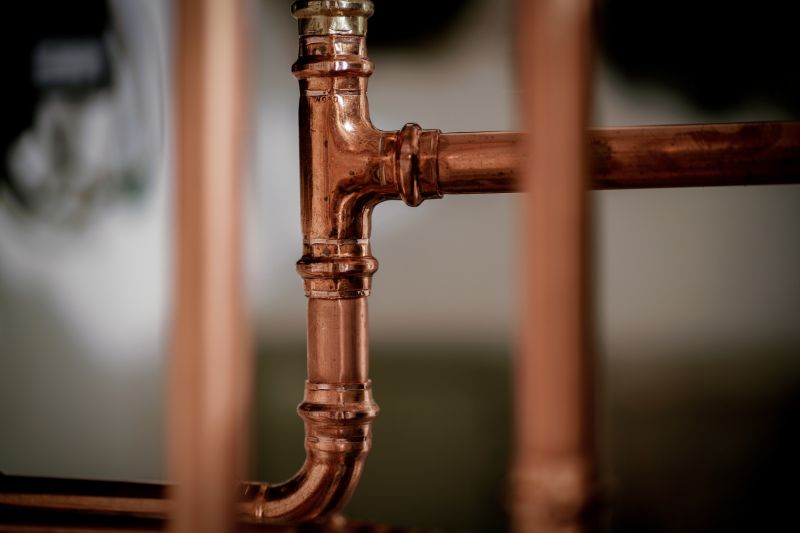
Simple add-ons that improve Copper Plumbing Installations without blowing the budget.

High-end options that actually feel worth it for Copper Plumbing Installations.
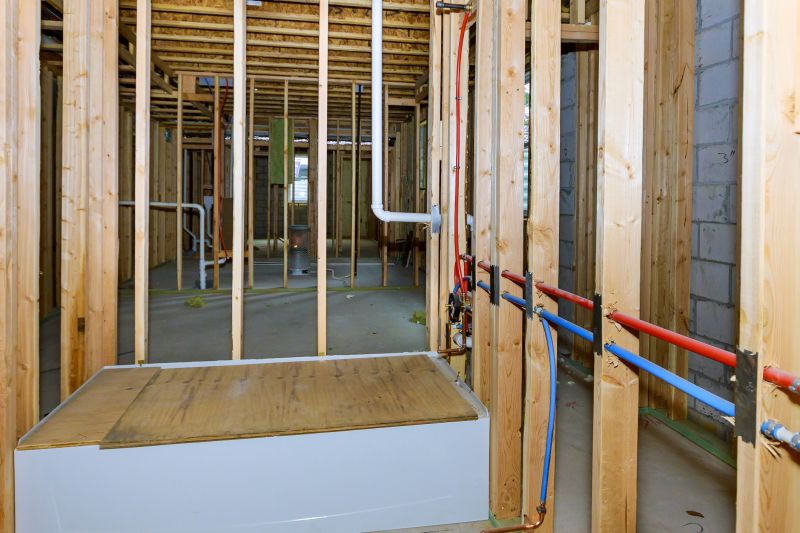
Finishes and colors that play nicely with Copper Plumbing Installations.
| Season | Advantages |
|---|---|
| Spring | Moderate temperatures, less rain, ideal for installation. |
| Summer | Longer daylight hours, good for scheduling. |
| Fall | Cool weather, less humidity, reduces installation delays. |
| Winter | Potential delays due to cold, freezing risks. |
| Late Fall/Early Winter | Not recommended due to weather unpredictability. |
Copper plumbing installations are a common choice for residential and commercial projects due to copper's durability, corrosion resistance, and long lifespan. Copper pipes are highly resistant to bacteria and can withstand high temperatures, making them suitable for hot and cold water systems. They are also recyclable, which adds to their appeal in various construction contexts. Proper installation ensures optimal performance and longevity, with weather conditions playing a significant role in scheduling to prevent issues such as freezing or heat-related expansion.

Close-up of copper piping in a residential plumbing system.
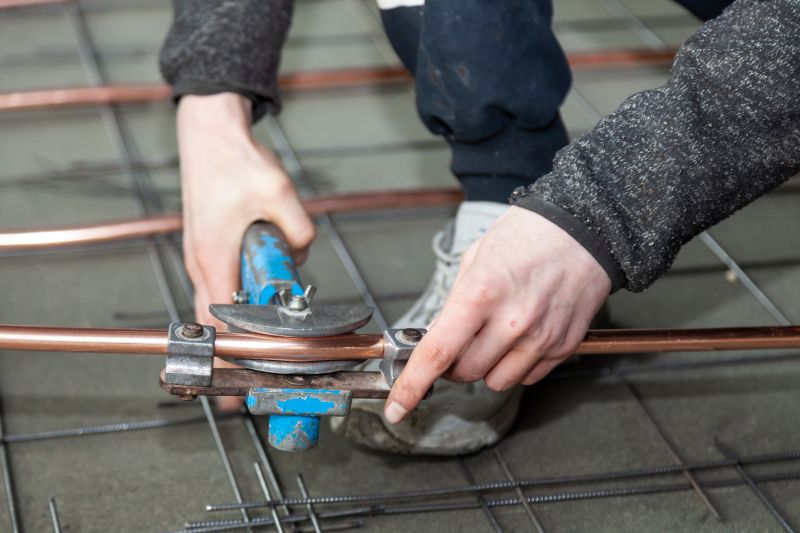
Tools and fittings used for copper plumbing installation.

Workers installing copper pipes in a commercial building.
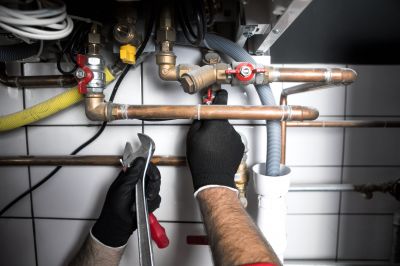
Completed copper piping system ready for operation.
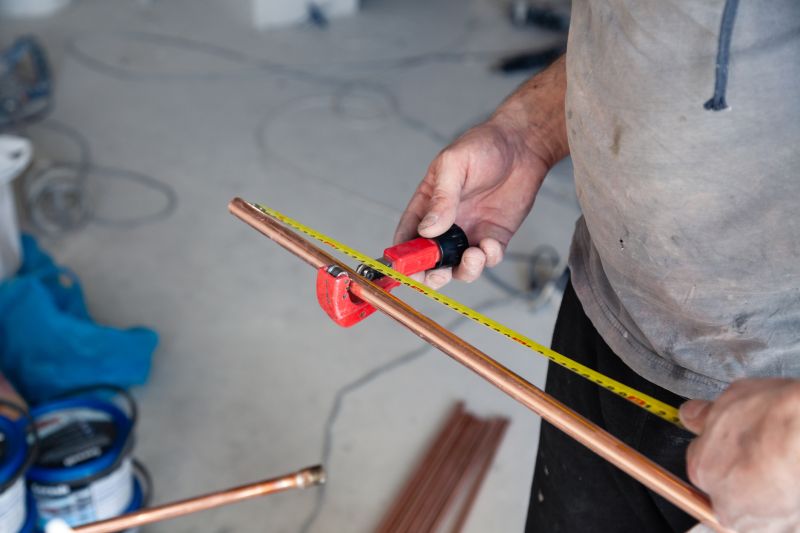
Little measurements that prevent headaches on Copper Plumbing Installations day.
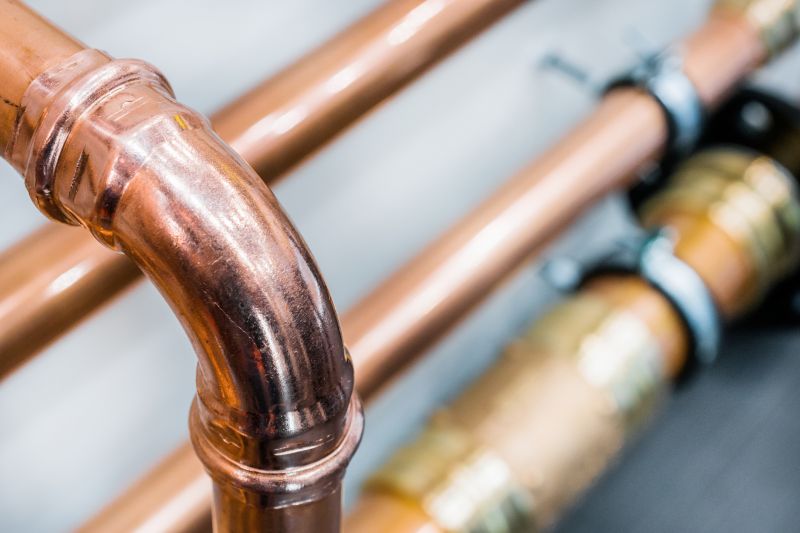
A 60-second routine that keeps Copper Plumbing Installations looking new.

A frequent mistake in Copper Plumbing Installations and how to dodge it.
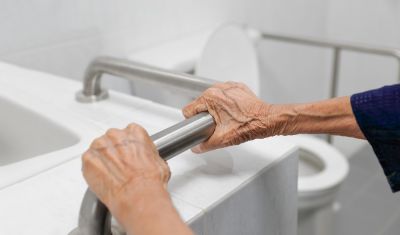
Small tweaks to make Copper Plumbing Installations safer and easier to use.
Interested in copper plumbing installations? Filling out the contact form can provide detailed information and assistance for scheduling and project planning.
